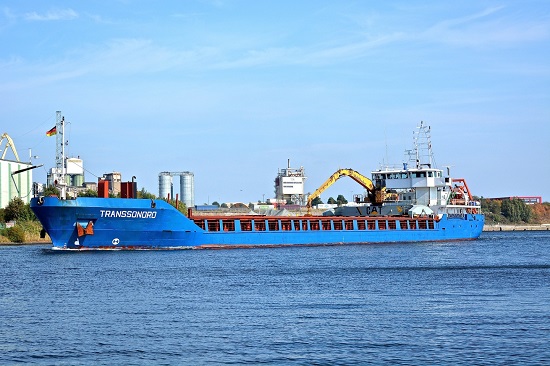First, the export process of Marine branch line
1. Prepare for the export operation
Before the export of Marine branch lines, the preparation work before the export operation is required. It mainly includes determining the name, quantity, weight, volume, value and other information of the goods, purchasing Marine insurance, inquiring the import regulations of the destination port, making export contracts and invoices, etc.
2. Book shipping space
According to the cargo situation and destination and other factors, choose the appropriate route and shipping company, and book the space. At this time, it is necessary to submit relevant documents such as bills of lading and invoices to the shipping company, and confirm the shipment date and loading and unloading time.
3. Arrange loading and unloading reasonably
It is necessary to arrange the loading and unloading of the goods reasonably before their arrival at the port. Specifically, it is necessary to consider the characteristics and packaging of the goods, choose the appropriate loading and unloading methods and equipment, and arrange the labeling and packing of the goods to ensure the safe transportation of the goods and smooth customs clearance.
4. Go through the customs formalities
After the goods are loaded and the shipment schedule is determined, customs declaration procedures need to be completed. At this time, it is necessary to submit the export declaration form and related documents to the customs, such as commercial invoices, packing lists, bills of lading, etc. It should be noted that the customs will strictly check the goods, so it is necessary to understand the customs export regulations and requirements in advance.
5. Cargopment of goods
After customs clearance and other formalities are cleared, the cargo can be loaded. When packing the goods, pay attention to the packaging, marking and fixing of the goods to avoid damage during sea transportation. In addition, it is necessary to check and check the goods, and check with the bill of lading and other documents before loading.

6. Tracking and notification during transportation
After the goods are loaded on the ship, it is necessary to track the transportation process in time and inquire about the goods at the port of destination in order to notify the relevant domestic units in time for proper arrangements.
7. Discharge at port
After the goods arrive at the port of destination, they need to be unloaded. At this time, it is necessary to pay attention to the extraction, inventory and acceptance of the goods to ensure that the goods are intact.
8. Goods clearance
Foreign and domestic customs clearance procedures are required after discharge. At this time, relevant documents need to be submitted to the customs, such as import declarations, commercial invoices, packing lists, etc. It should be noted that after the goods pass through the international shipping, they may encounter some unpredictable situations, such as changes in the weather, customs clearance time, etc., so it is necessary to maintain a high degree of vigilance in customs clearance and deal with various problems in a timely manner.
Ii. Precautions
1. Packaging and marking of goods
In the export of Marine branch line, the packaging and marking of goods are particularly important. First of all, the packaging of the goods needs to meet the requirements of international maritime transportation, such as moisture, shock, leakage and so on. Secondly, the identification of the goods needs to be clear, indicating the name of the product, packaging, weight, volume, number of pieces and other information. This is not only convenient for customs and shipping companies to operate, but also effectively ensure the safety of the transportation of goods.
2. Insurance
In the export of Marine branch line, the purchase of Marine insurance is particularly important. Although the transport risk of sea branch exports is relatively small, there will still be some accidents in sea transport, such as cargo loss, damage and so on. Therefore, the purchase of comprehensive Marine insurance, can effectively reduce the loss and risk.
3. Customs clearance knowledge
In the export of Marine branch line, customs clearance is a link that cannot be ignored. Whether the customs clearance is smooth or not is directly related to the time of the export of goods and the interests of all relevant parties. Therefore, in order to avoid problems in customs clearance, the import regulations of the destination port and the export regulations of the country should be clarified in advance, and the requirements should be followed.


